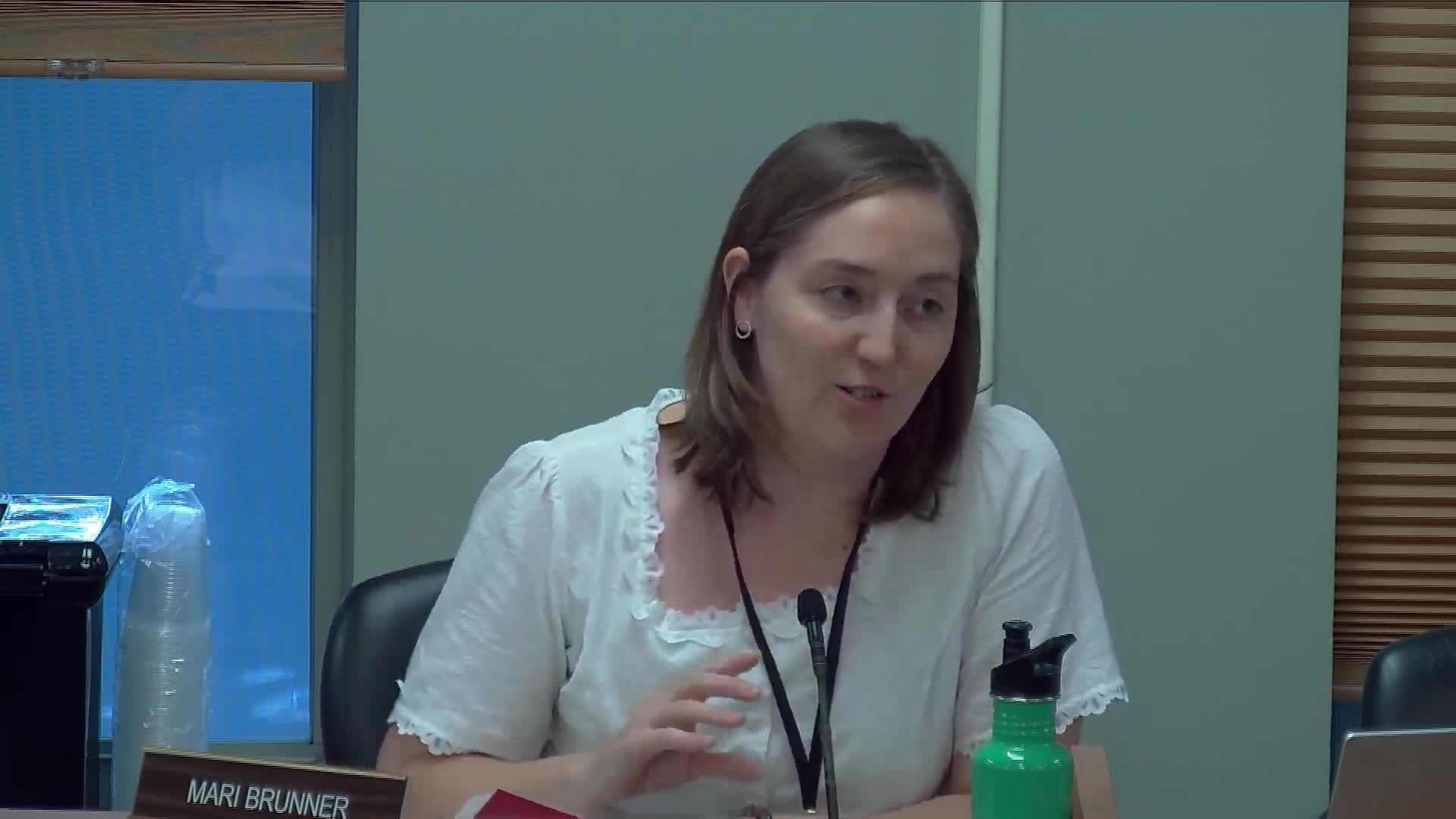City Council Weighs Appeal Rights for Abutter Amid Legal Statutes Discussion
September 26, 2025 | Keene Planning, Licenses and Development Committee, Keene, Cheshire County, New Hampshire
This article was created by AI summarizing key points discussed. AI makes mistakes, so for full details and context, please refer to the video of the full meeting. Please report any errors so we can fix them. Report an error »

In a recent meeting of the Special Planning Board in Keene, New Hampshire, members engaged in a detailed discussion regarding the legal standing of an individual appealing a previous decision. The conversation centered around the interpretation of local statutes, particularly the implications of being an "interested party" versus an "abutter" in the context of appeals.
The board members examined the legal framework outlined in the statutes, specifically referencing sections 155E9 and 6772. There was a consensus that any interested person has the right to appeal, but questions arose about the necessity of a formal vote to grant a hearing for such appeals. One member pointed out that if an individual is an abutter, their standing should be clear, raising questions about the procedural requirements for granting a hearing.
The discussion also highlighted the complexity of the legal language and the potential for circular references within the statutes, which could complicate the appeal process. Members debated whether the board should delve into each aspect of the appeal or if the established criteria were sufficient to proceed.
In addition to the legal discussions, the board reviewed previous engineering studies related to the project in question. One member noted that the findings from these studies had not changed, suggesting that the board's earlier decisions were still valid. Concerns about environmental impacts, such as dust, noise, and visual effects, were also addressed. The board acknowledged that while some issues had been thoroughly examined, the visual impacts remained a point of interest, particularly in relation to the project's location within designated visual zones.
Overall, the meeting underscored the ongoing challenges of navigating legal frameworks in planning decisions and the importance of clear communication among board members. As the board continues to address these complex issues, the implications for local development and community engagement remain significant. The next steps will likely involve further clarification of the appeal process and continued scrutiny of the project's environmental impacts.
The board members examined the legal framework outlined in the statutes, specifically referencing sections 155E9 and 6772. There was a consensus that any interested person has the right to appeal, but questions arose about the necessity of a formal vote to grant a hearing for such appeals. One member pointed out that if an individual is an abutter, their standing should be clear, raising questions about the procedural requirements for granting a hearing.
The discussion also highlighted the complexity of the legal language and the potential for circular references within the statutes, which could complicate the appeal process. Members debated whether the board should delve into each aspect of the appeal or if the established criteria were sufficient to proceed.
In addition to the legal discussions, the board reviewed previous engineering studies related to the project in question. One member noted that the findings from these studies had not changed, suggesting that the board's earlier decisions were still valid. Concerns about environmental impacts, such as dust, noise, and visual effects, were also addressed. The board acknowledged that while some issues had been thoroughly examined, the visual impacts remained a point of interest, particularly in relation to the project's location within designated visual zones.
Overall, the meeting underscored the ongoing challenges of navigating legal frameworks in planning decisions and the importance of clear communication among board members. As the board continues to address these complex issues, the implications for local development and community engagement remain significant. The next steps will likely involve further clarification of the appeal process and continued scrutiny of the project's environmental impacts.
View full meeting
This article is based on a recent meeting—watch the full video and explore the complete transcript for deeper insights into the discussion.
View full meeting
